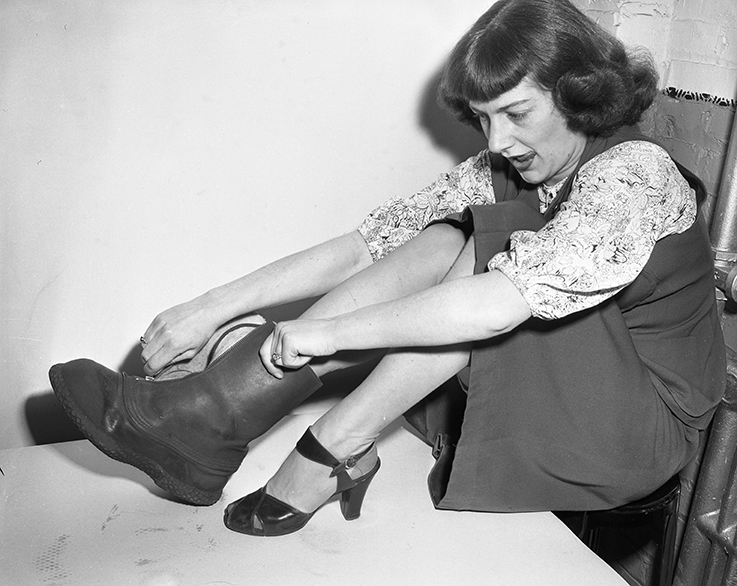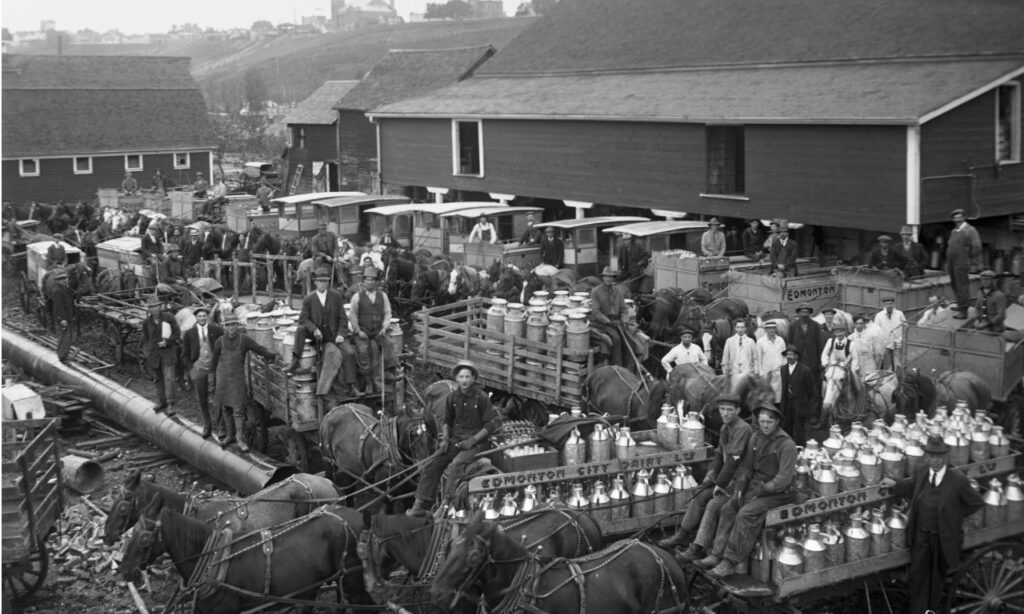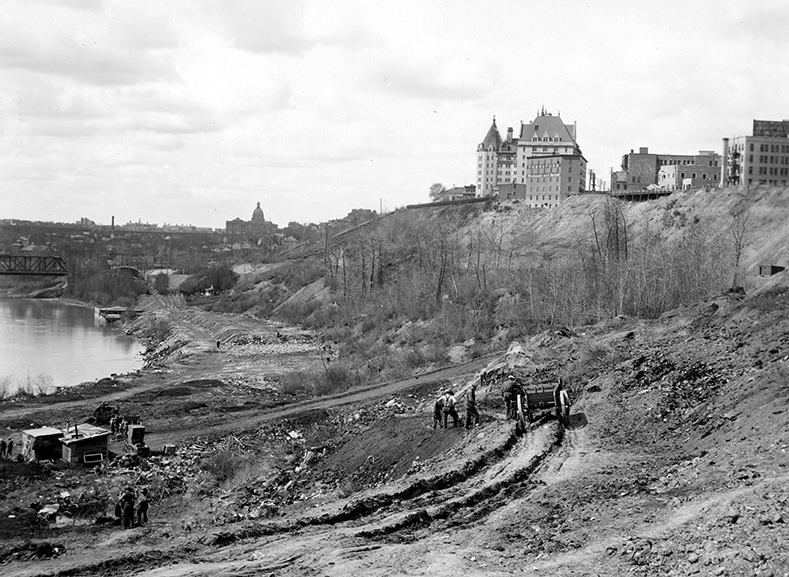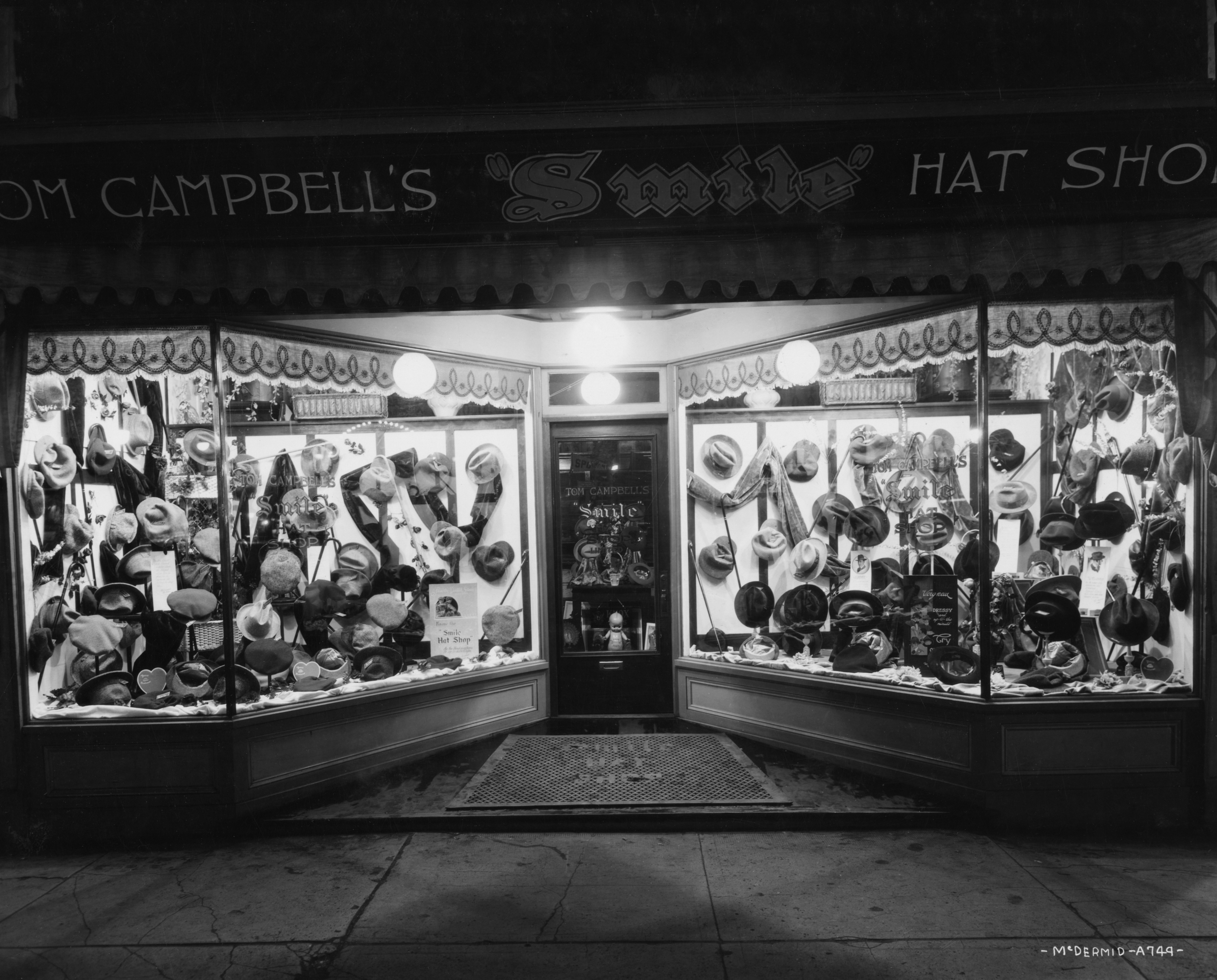My name is Allie Quigley. I am a fourth-year history honours student from the University of Alberta, working with the Edmonton City as Museum Project to fulfill my stretch experience/ internship for the Peter Lougheed Leadership College. For the past few months, I have had the incredible opportunity to work alongside Christina Hardie, curator of ECAMP, read the entire collection of ECAMP stories, and develop interactive historical content, which is coming soon!
For my honours thesis, I am studying the history of fashion and material culture among enslaved populations in the Atlantic World (18th & 19th century). This area of study in the historical community has recently recognized that many cultural groups have been ignored in terms of their own styles, fashions, and traditions, which were fundamental to maintaining cultural links and providing a means to resist colonial authority. I have been fascinated with studying history with a fresh perspective and taking account of parts that may have been missed.

I have a major interest in the history of fashion and material culture because I believe they serve as fundamental to individual and collective identity. What we wear, own, eat, and consume can reflect our beliefs. Take the consumer who exclusively purchases second-hand or organic; where they put their purchasing power reflects their ideologies about mainstream goods.
Material goods can also reflect community identity and reveal how people live and interact with their environment. For example, the corset, an item of clothing primarily worn by women in the eighteenth and nineteenth centuries, shaped the body into a fashionable silhouette. The corset’s restraint on female physical freedoms reflects a greater social expectation of women that constrained them socially, economically, and politically.
Barbara Galliver puts on boots, 1949. City of Edmonton Archives, EA-600-1935f.
While reading through the collections of ECAMP stories, I found stories related to Edmonton’s relationship with fashion and consumer goods. These stories reveal how past YEG residents used material culture to navigate our environment, participate in community traditions, such as Christmas, and access goods previously unavailable.
I have selected a range of stories about material culture consumption practices in Edmonton. In our climate, proper clothing and fashion is something that all Edmontonians have had to learn to manage. Explore Sally Scott’s article “Modern Times: Christmas Shopping in Edmonton 100 years ago,” and Laurie Callsen’s article “Baby It’s Cold Outside,” to discover clothing and shopping trends of past Edmontonians. Lawrence Herzog’s article “Edmonton’s Merchant Prince: James Ramsey,” covers the legacy of early department stores in Edmonton, which revolutionized consumption practices with initiatives such as mail order services. These stories provide insight into how consumerism has developed in Edmonton since the 1880s.

Of course, on the other side of the equation in terms of consumption and interacting with material goods, is waste. Perhaps Edmonton’s history of consumption practices has taken for granted that it is also a history of our waste production and, later, a growing movement towards environmentalism.
I have chosen to include Dawn Saunders-Dahl’s “Donnan Family and Queen Alexandra Dairy 1911-1932,” because it covers an aspect of Edmonton’s local food production. Since then, YEG residents mainly acquire their food from distant lands and big-box chains, a process that is hard on our environment due to increased carbon emissions.
In recent years, the importance of buying local has gone beyond supporting local economies to working to reduce our environmental impact. Enterprises such as farmer’s markets remind us that it is still possible, despite our harsh climate, to purchase foods grown locally. Check out Sally Scott’s other article, “The City Market: Local Goods and a Homegrown Community,” and read about the history of our local farmer’s markets that remind us that Edmonton has its own food culture unique to our lifestyle.

As mentioned before, consumption has a close relationship with waste. What we consume eventually ends up somewhere. Dr. Russell Cobb’s three-part series, “Edmonton: A World-Class Dump,” expertly covers the history of Edmonton’s landfills, the place where our beloved goods and food often go to die.
As you read through Edmonton’s evolving consumption practices, I encourage you to reflect on the importance that material goods have in our lives; from surviving the cold with a fur jacket or picking up some fresh foods at the market. These goods shape our lives, traditions, and identities. Notably, upon reflecting, consider the other side of the coin; our environmental impact that follows the consumption of material goods.
Allie Quigley © 2020
Header image courtesy of the Glenbow Archives, ND-3-749.
Readings:
Modern Times: Christmas Shopping in Edmonton 100 Years Ago (Sally Scott)
Baby It’s Cold Outside (Laurie Callsen)
Edmonton’s Merchant Prince: James Ramsey (Lawrence Herzog)
Donnan Family and Queen Alexandra Dairy 1911- 1932 (Dawn Saunders-Dahl)
The City Market: Local Goods and a Homegrown Community (Sally Scott)

